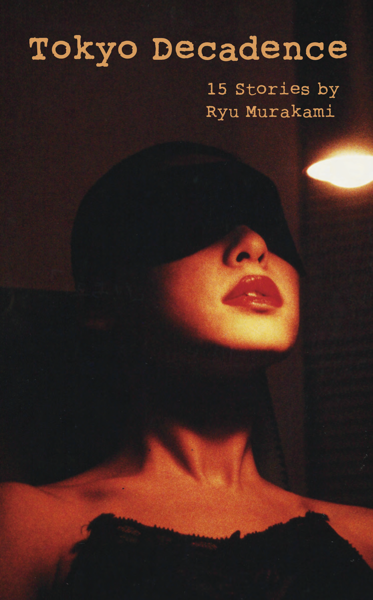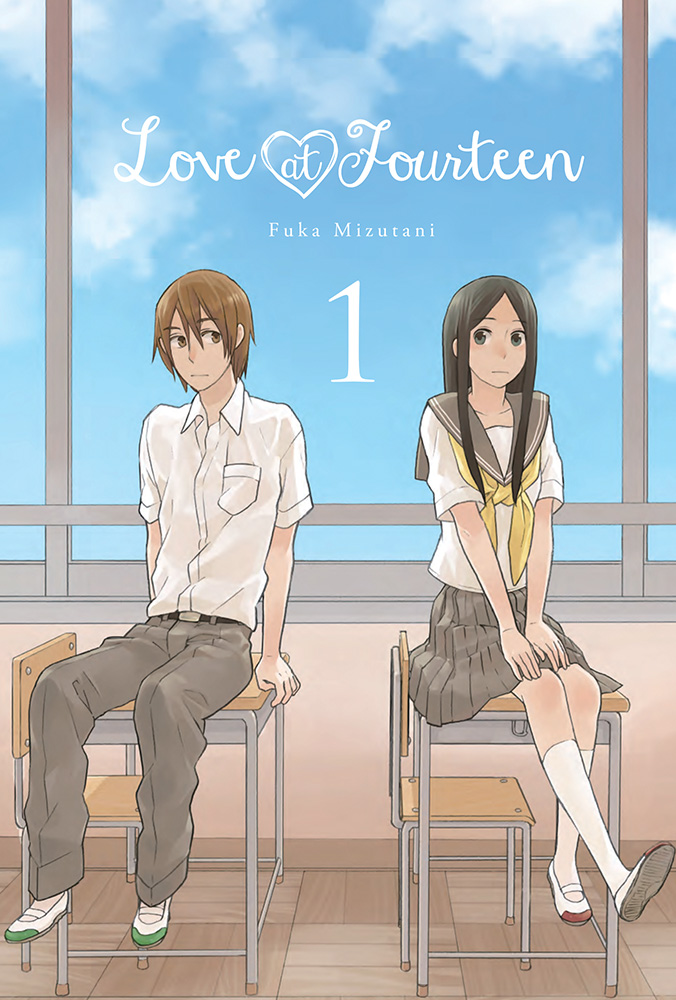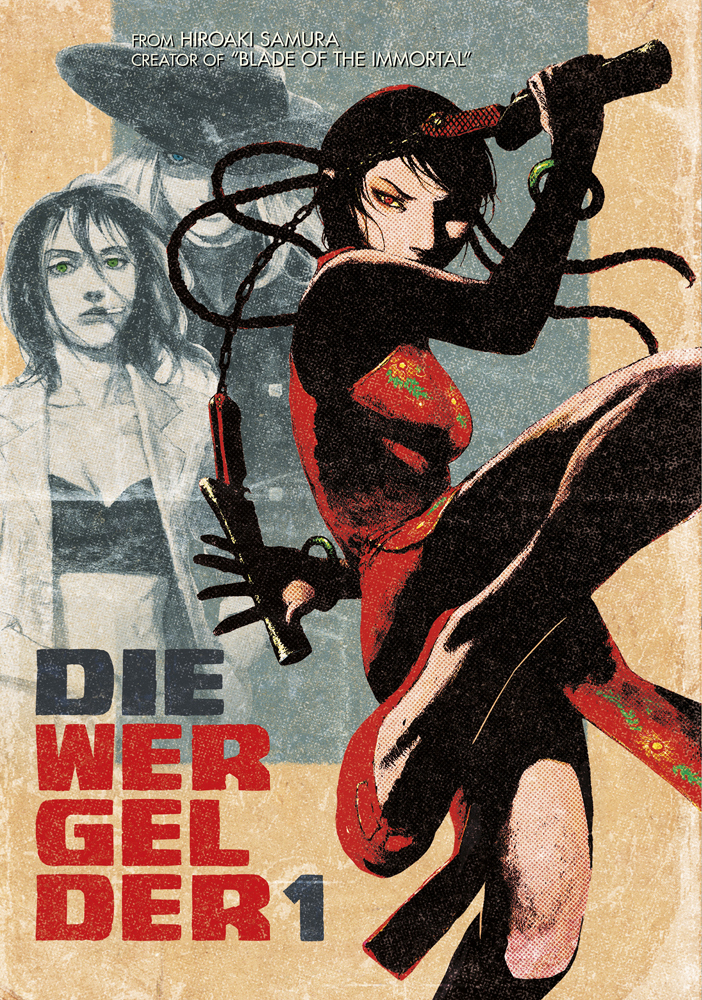Author: Ryu Murakami Translator: Ralph McCarthy U.S. publisher: Kurodahan Press ISBN: 9784902075786 Released: March 2016 Original release: 1986-2003 Ryu Murakami is a fairly prolific and …
Manga Giveaway: Love at Fourteen Giveaway Winner
And the winner of the Love at Fourteen Giveaway is... wandering-dreamer! As the winner, wandering-dreamer (whose writing I happen to follow at both Narrative Investigations and TheOASG) will be …
Continue Reading about Manga Giveaway: Love at Fourteen Giveaway Winner →
My Week in Manga: January 25-January 31, 2016
My News and Reviews A couple of different things were posted at Experiments in Manga last week in addition to the usual My Week in Manga feature. First up was the first manga giveaway of the year, …
Continue Reading about My Week in Manga: January 25-January 31, 2016 →
Die Wergelder, Omnibus 1
Creator: Hiroaki Samura U.S. publisher: Kodansha ISBN: 9781632361950 Released: December 2015 Original release: 2013-2015 I was very excited when Kodansha Comics announced that it would be …
Manga Giveaway: Love at Fourteen Giveaway
January is almost over so here it is, Experiments in Manga's first manga giveaway of the year! Let's get right to it: For this giveaway you will all have the opportunity to enter for a chance to win …
Continue Reading about Manga Giveaway: Love at Fourteen Giveaway →
My Week in Manga: January 18-January 24, 2016
My News and Reviews Two in-depth reviews were posted at Experiments in Manga last week. The first was of The Fall of Language in the Age of English by Minae Mizumura, a fascinating and immensely …
Continue Reading about My Week in Manga: January 18-January 24, 2016 →




